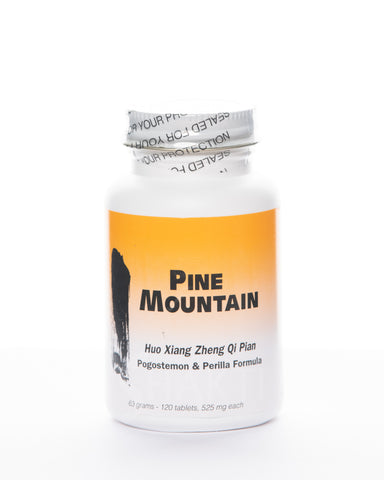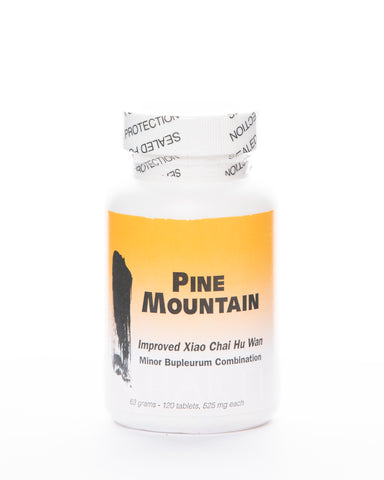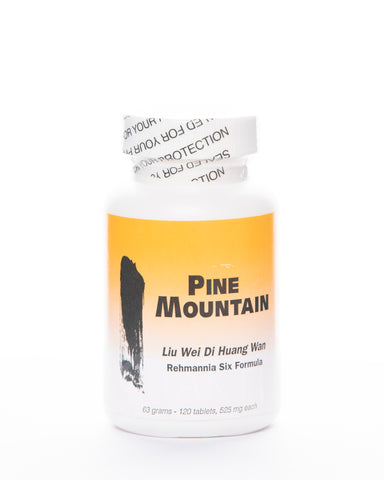Pine Mountain
ITM developed the Pine Mountain brand of herb formulas in 1996. These are replacements for popular patent remedies, and resolve the problems inherent in most imported patents such as concerns about the inclusion of undesired ingredients (e.g., drugs, heavy metals, endangered species, toxic herbs) or improper labeling (e.g., incomplete ingredients list, mislabeled herbs). Pine Mountain herb tablets are prepared from either extracted herbs or powdered herbs or a combination of the two. The herb materials, obtained from China, are compressed into tablets of 525 mg each. The tablet coatings, made of modified cellulose, are colored with natural colors to yield white, yellow, or red tablets (color-coded by the type of formulation). The tablet size is set to three times the typical patent formula pill size of 175 mg.
The formulas are available to licensed health care providers who are already educated in the field of traditional Chinese medicine for prescription to their patients. We provide a partial list of practitioners who are trained to prescribe Chinese herbs. The practitioner is responsible for determining which formula is most suitable to use, the dosage to be used, the duration of use, the appropriate point to change formulas, and the contraindications for using the formulas in various situations. The practitioner is also responsible for explaining to the patient, as appropriate, the formula's ingredients, their actions, expected effects, potential for adverse effects, and the diagnostic indicators that led to the selection of the formula. The practitioner, based on training and experience, will respond to any other concerns that the patient may raise while using the formulas.
The formulas are available to licensed health care providers who are already educated in the field of traditional Chinese medicine for prescription to their patients. We provide a partial list of practitioners who are trained to prescribe Chinese herbs. The practitioner is responsible for determining which formula is most suitable to use, the dosage to be used, the duration of use, the appropriate point to change formulas, and the contraindications for using the formulas in various situations. The practitioner is also responsible for explaining to the patient, as appropriate, the formula's ingredients, their actions, expected effects, potential for adverse effects, and the diagnostic indicators that led to the selection of the formula. The practitioner, based on training and experience, will respond to any other concerns that the patient may raise while using the formulas.




















